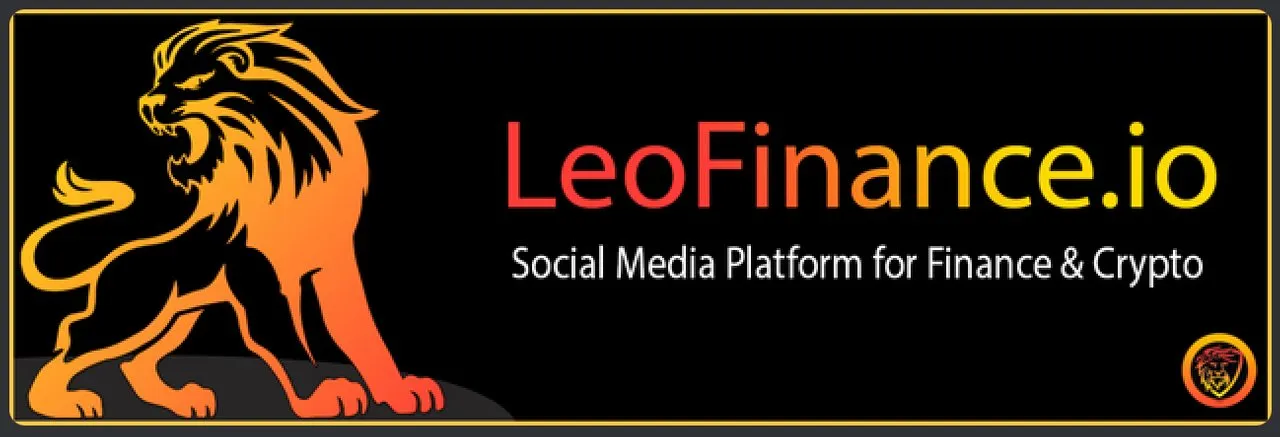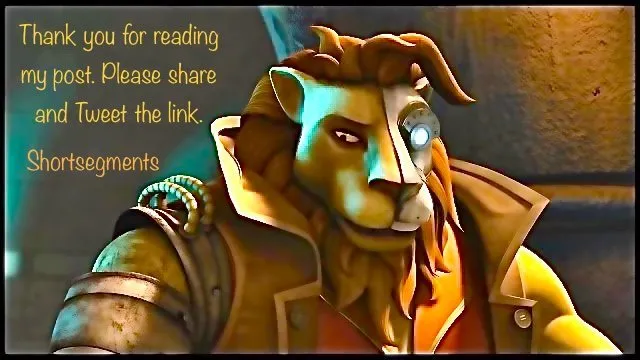Top Ten Things to understand about Web 3.0

Where we came from: Web 1.0 and Web 2.0
Number 1
- Web 1.0 was essentially for scientists mainly to post information, and is referred to commonly as read only.
Number 2
- Web 2.0 was a bug step forward because we could interact with the internet, and everyday people could build web pages. Interactive platforms like Facebook, YouTube and Instagram revolutionized the internet.
Number 3
- In Web 2.0 many people contributed content, and the platforms owned the content. Many people used the internmnet to shop, find restaraunts, and research their hobbies and personal interests. All this information is called personal data. The platform owners figured out how to make money by selling this data to retailers. The platform owners became very rich selling this data, which was essentially the time and attention of people using their platforms.
Number 4
- Web 2.0 was defined by platforms owned by very few people, but used by millions of people. Facebook alone was once estimated to have 800 million active users.
Number 5
- Web 3.0 is defned differently, because the natural evolution appears to be away from the few owning the platforms used by the many. Instead Web 3.0 platforms like Hive provide an opportunity for people who use the platforms to own a portion of the platform. When users own the platform this changes everything.
Number 6
- For starters, on a Web 3.0 platform you own your account, so no one can take it from you, or close it, or turn it off. In Web 2.0 Twitter, Facebook, Instagram, or YouTube can take your account away, close it and destroy all your content.
Number 7
- Additionally on a Web 3.0 platform, you own your content, and no one can take it down, erase it, or hide it from view. In a Web 2.0 platform like Twitter, Facebook, Instagram, or YouTube your content can be hidden, deleted or taken down.
Number 8
- In a Web 3.0 platform you earn money for your content, your attention, and your time. On a Web Web 2.0 platform like Twitter, Facebook, Instagram, or YouTube, the platform earns money off your content, and only a few people actually get enough subscribers, likes and other measurements together paid.
Number 9
- In a Web 3.0 platform, you own your network of followers and friends. And you have a list of their names and you have the ability to contact them. This means you can contact your fans, invite them to special concerts, give them gifts or use this list to make money off your followers and friends. In general, on a Web 2.0 platform like Twitter, Facebook, Instagram, or YouTube the platform owns the list of your friends and your followers. In Web 2.0 the platform earns money off your network, your list of friends and followers, and most of the time the platform does not share this money with you.
Number 10
- Lastly, in Web 3.0 you own part of the platform, which includes your account, your network, but also means you own a the platforms crypyocurrency token. Which gives you the right to participate in the governance of the platform. In Web 2.0 you own no part of the platform, and you have no say in governance.
That is my Top Ten things to know about Web 3.0
- Do you agree with that top ten?
- Can you think of other important things to know about Web 3.0?
- What are some of your top ten things that make Web 3.0 special to you?
Let me know in the comments.
@readthisplease just wrote a post on Web 2.0 compared to Web 3.0 on Hive and you can read it here
About @shortsegments
Shortsegments is a writer focused on cryptocurrency, the blockchain, non-fungible digital tokens or NFTs, and decentralized finance for over four years.
He is also a project builder, with two current projects:
- No Loss lottery, a prize linked savings account here on Hive, which awards more the 100 Leo in prizes weekly, and which recent surpassed 5000 tickets sold. @nolosslottery
- Easy DeFi, which provides decentralized finance as a service: a two step process for investment into decentralized finance, which allows investors to bypass the complexity of the usual 10-12 step processes which are necessary to invest in decentralized finance. EasyDefi has investment pools on Cubfinance on the Binance Smart Chain blockchain, or PolyCub on Polygon. Pool members can invest Leo, Hive, HBD or SPS.
Learn more about EasyDefi by clicking here
.

Leofinance, where you can blog or share financial topic content to earn cryptocurrency, as part of a passionate social media community.

GIF created by @mariosfame
Learn more about Leofinance
- You can read my Seven Minute Quick overview and QuickStart Earning Guide.
Click Here
Join Leofinance: It's easy and free!
- It's easy to join leofinance and it's free!
- You can join the Leofinance Community using Facebook!
- This video by @anomadsoul will help: How to make a Leo Finance account using Facebook-Tutorial
Other posts about Leofinance
@shortsegments/what-is-a-good-model-for-tokenized-financial-social-media-on-a-blockchain-leofinance
